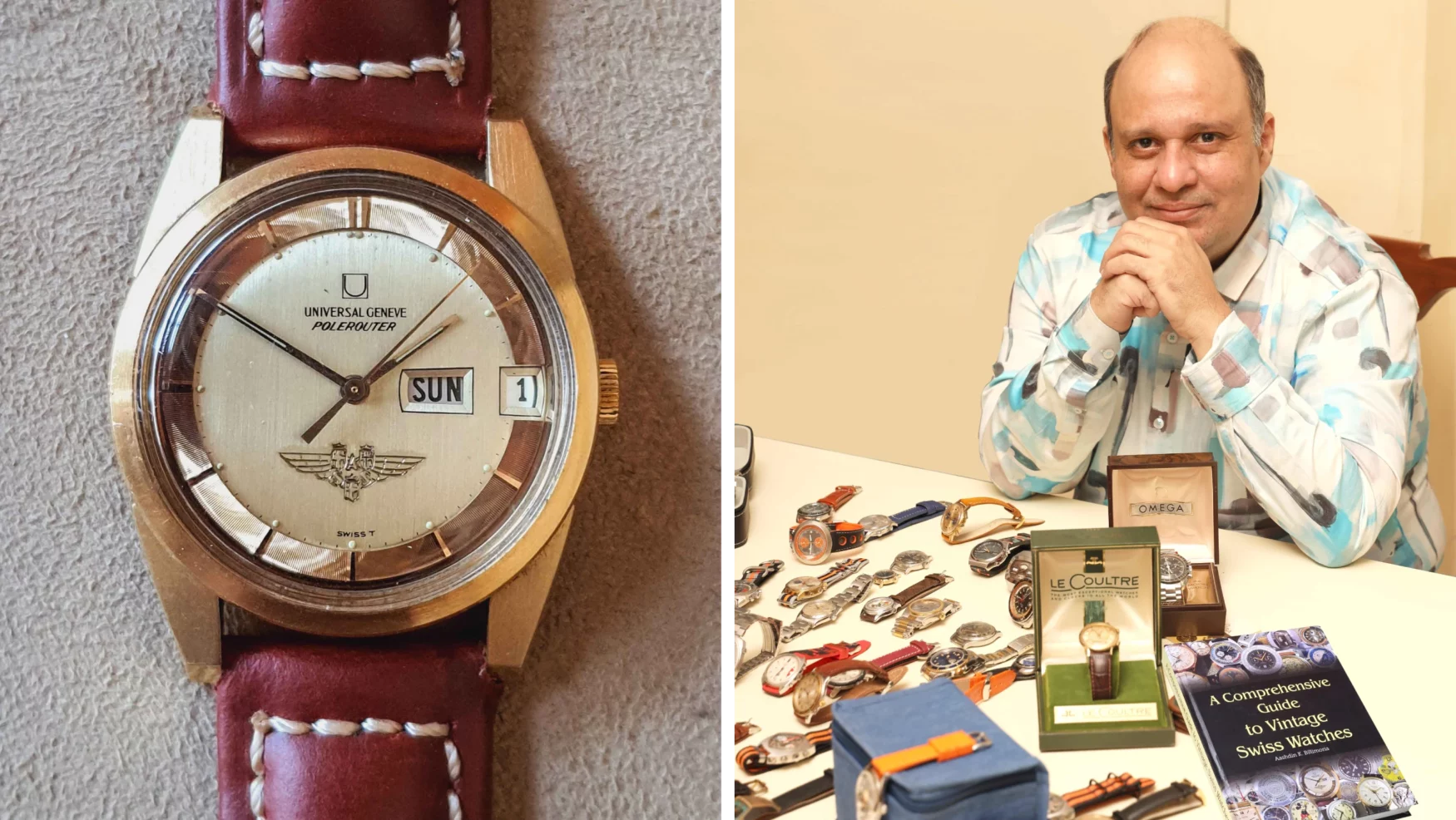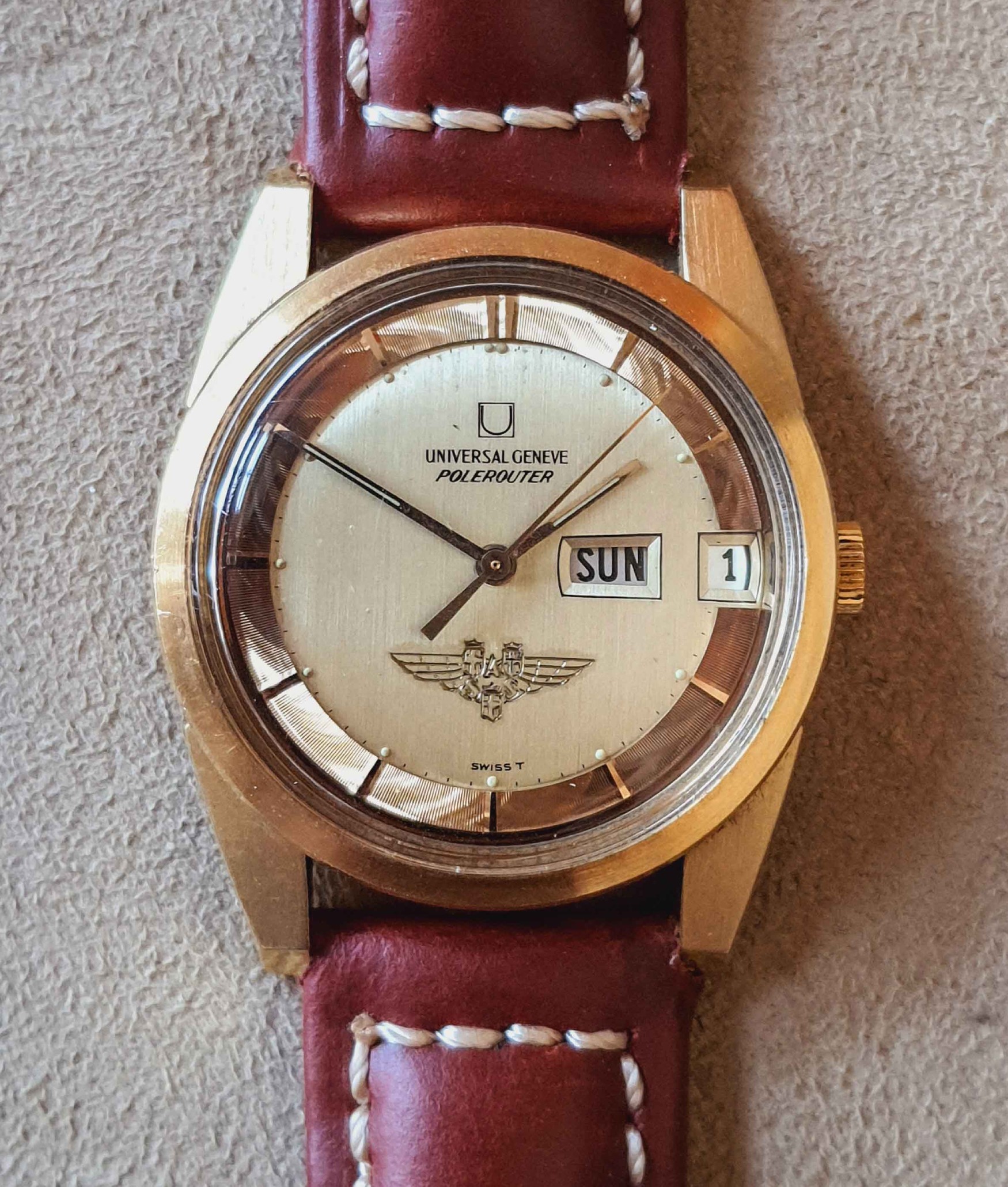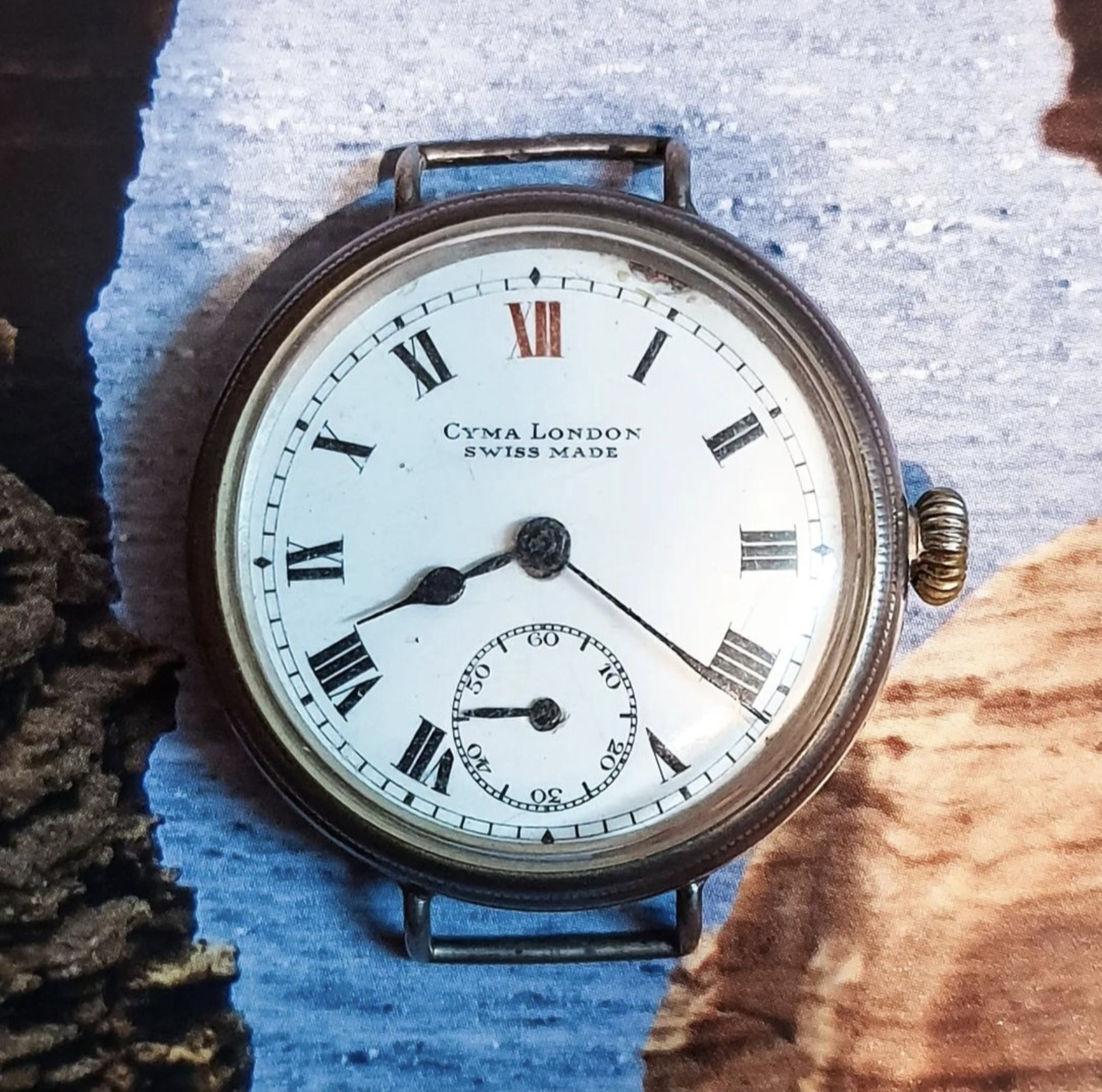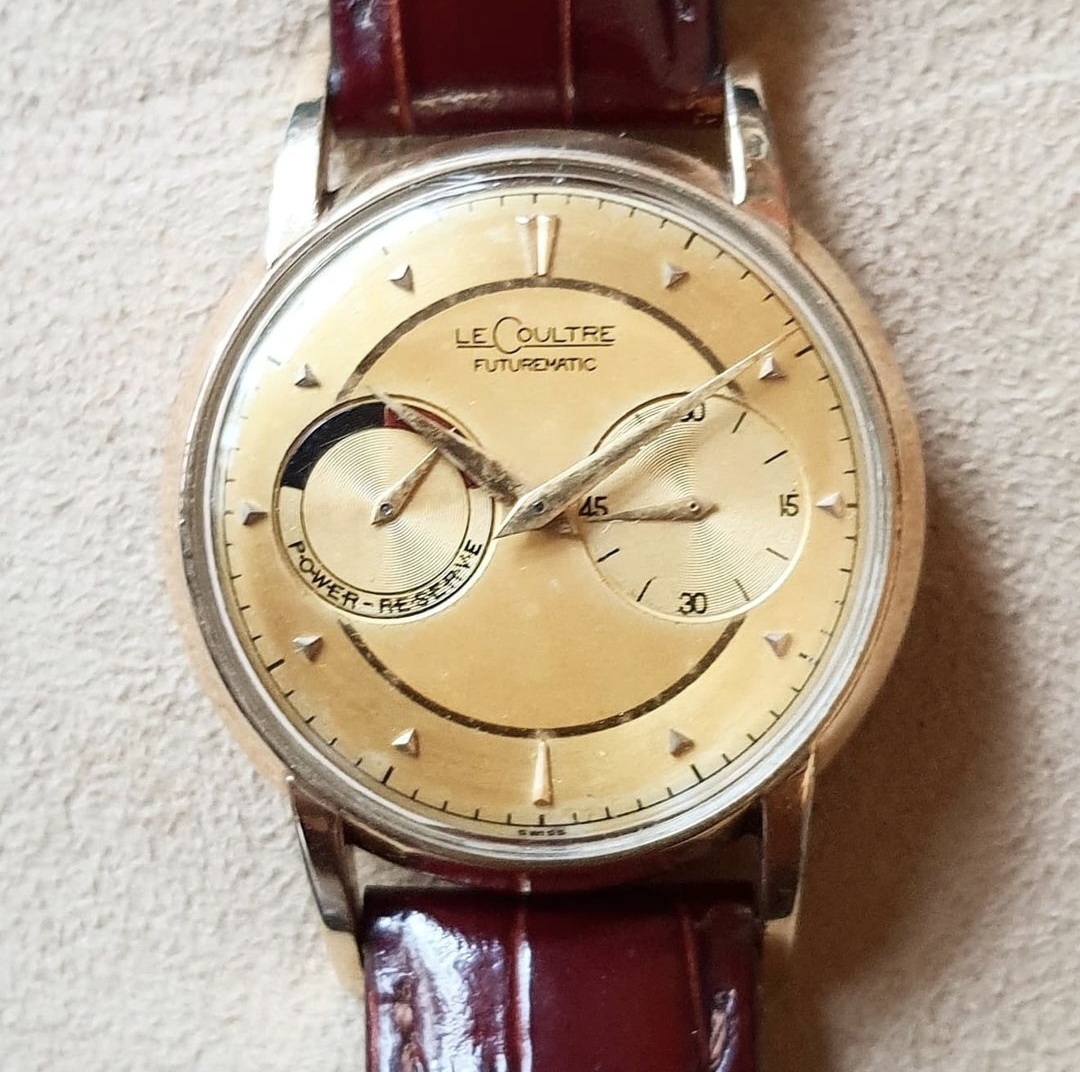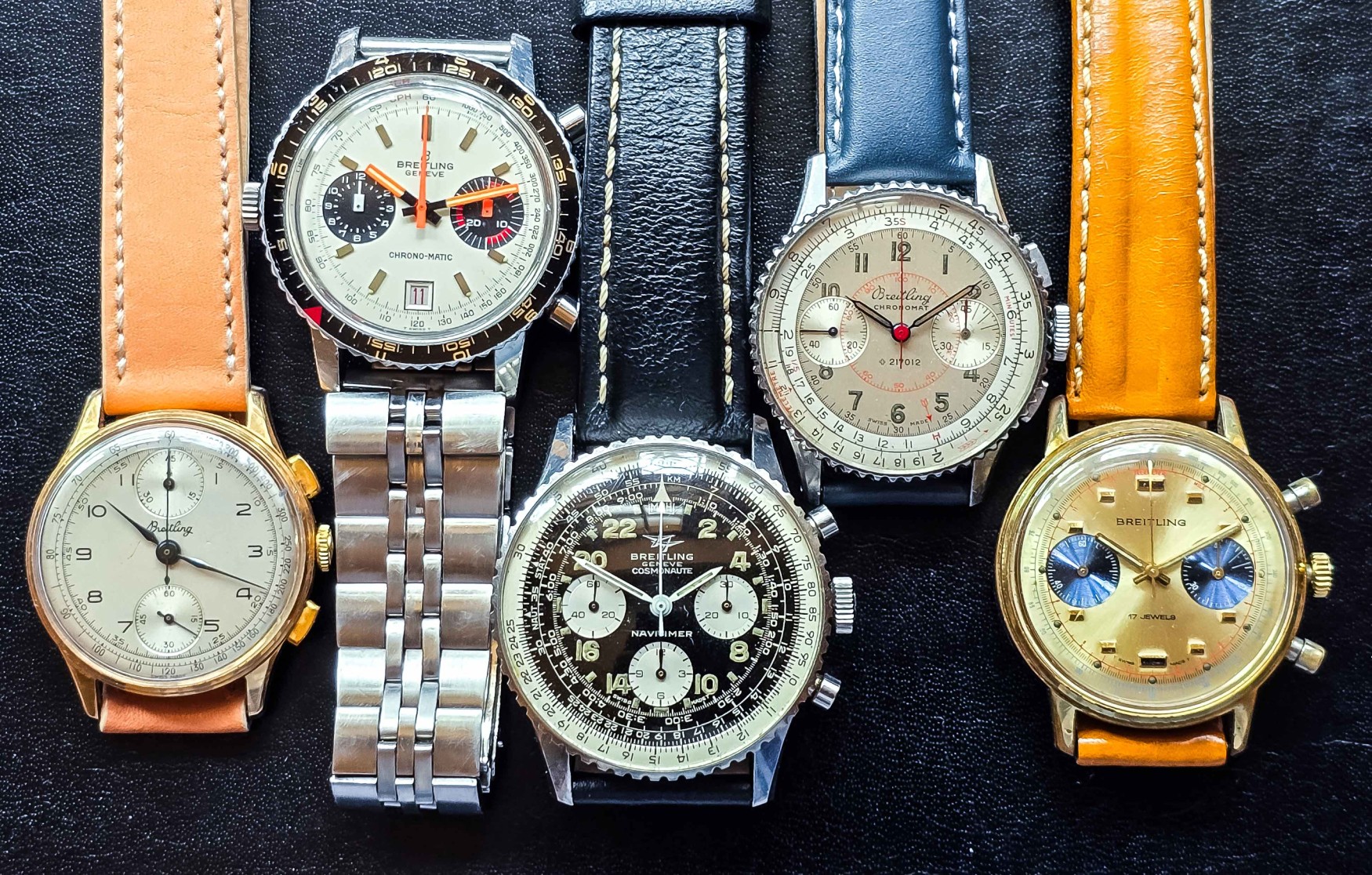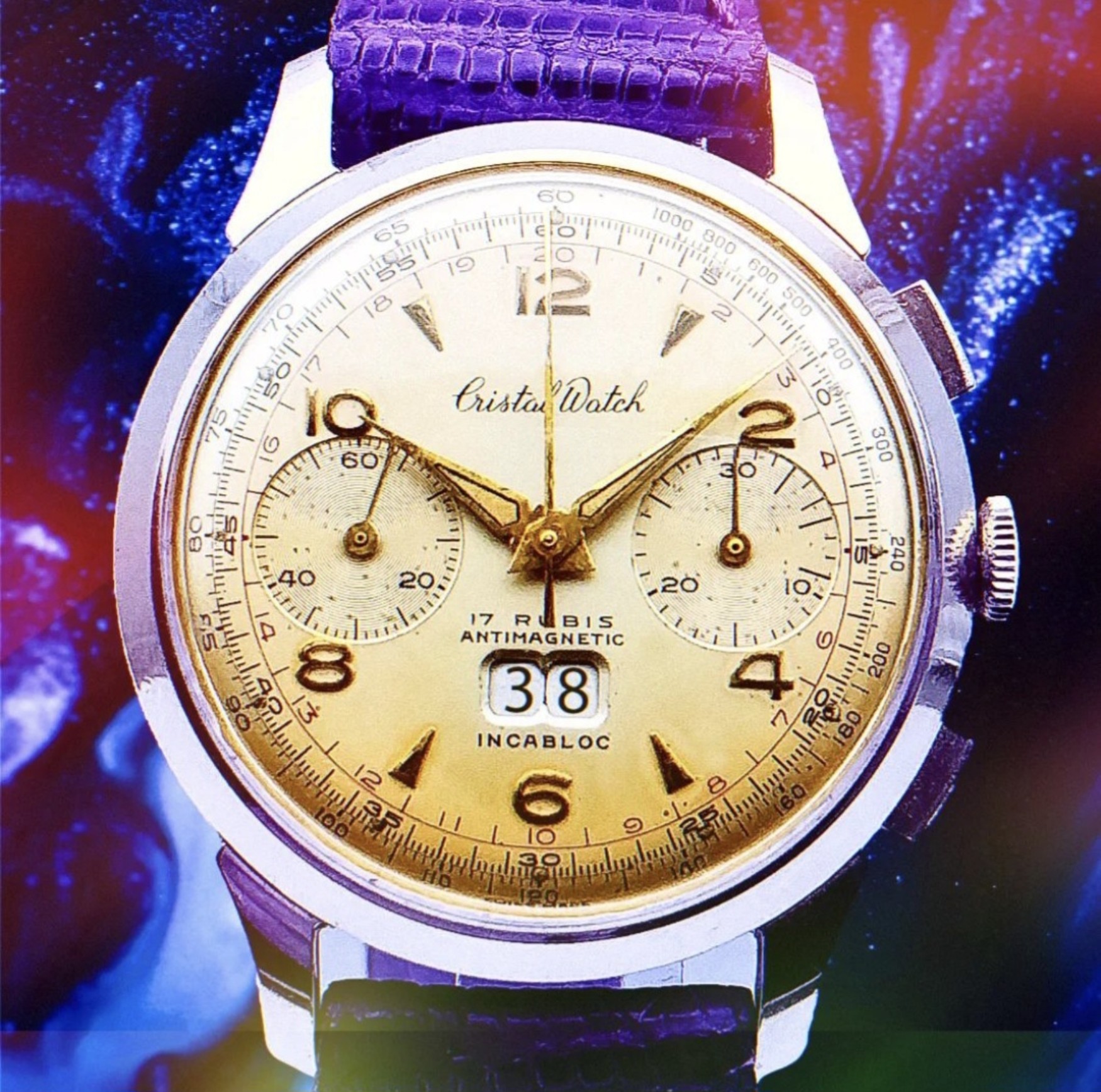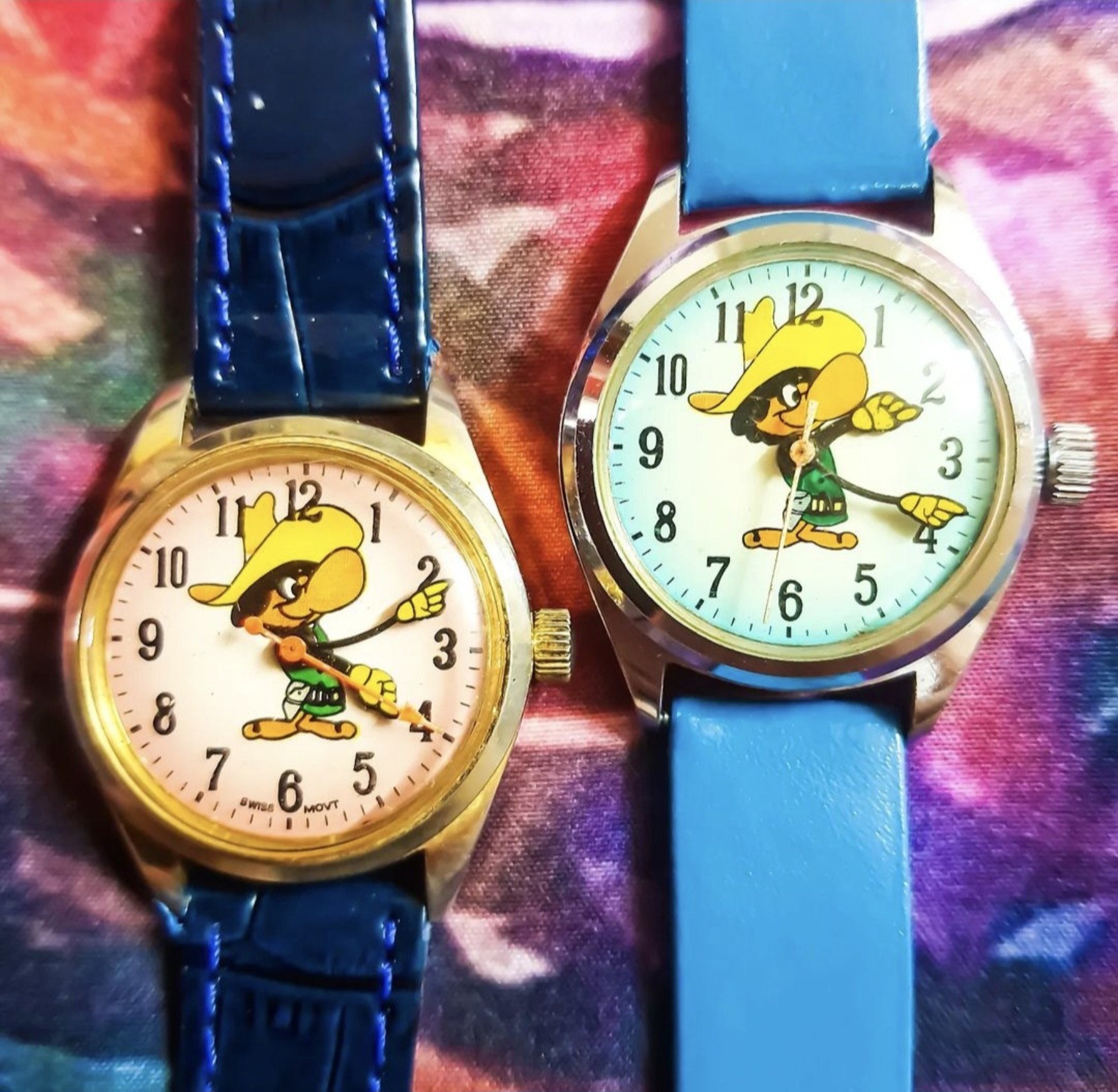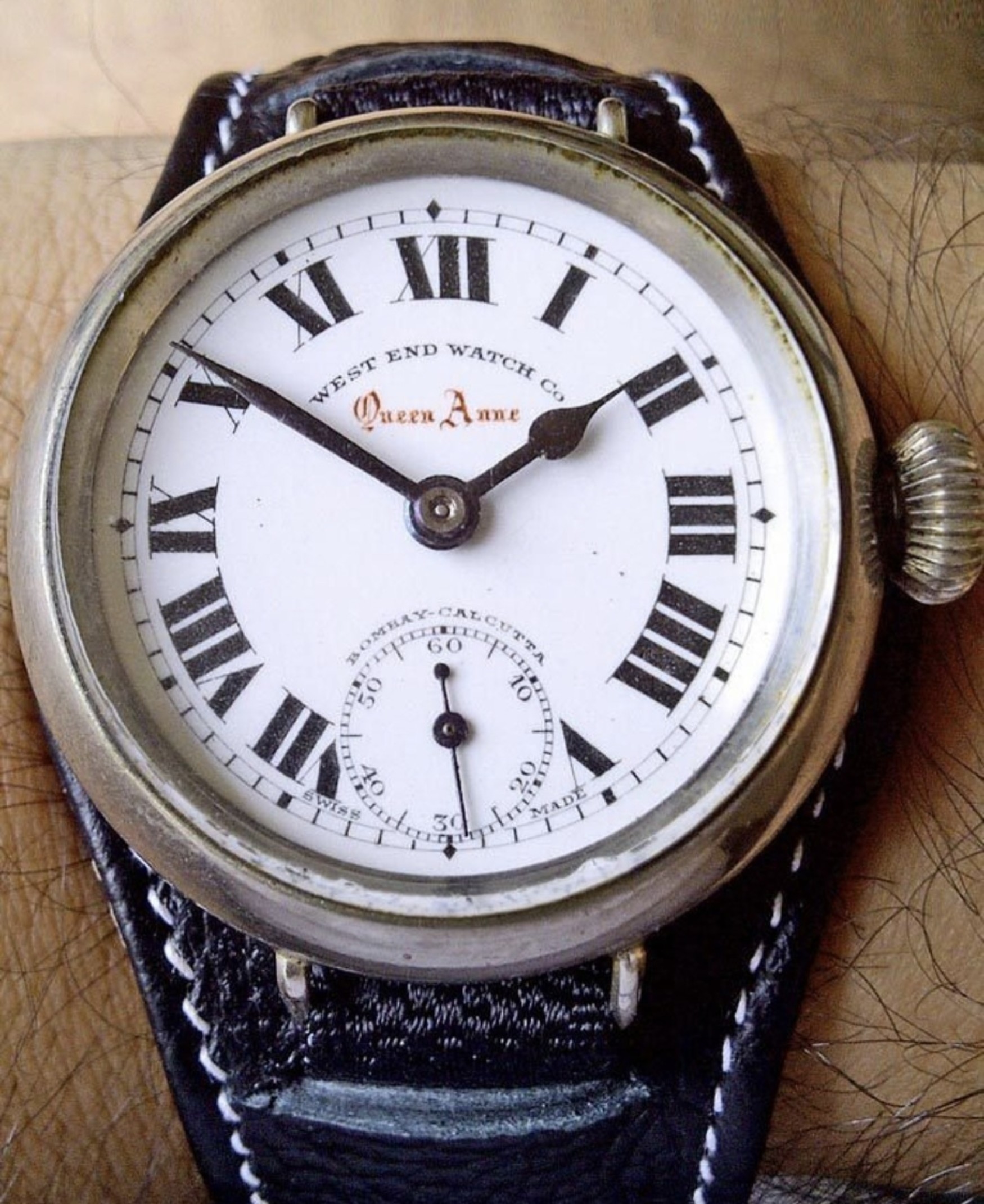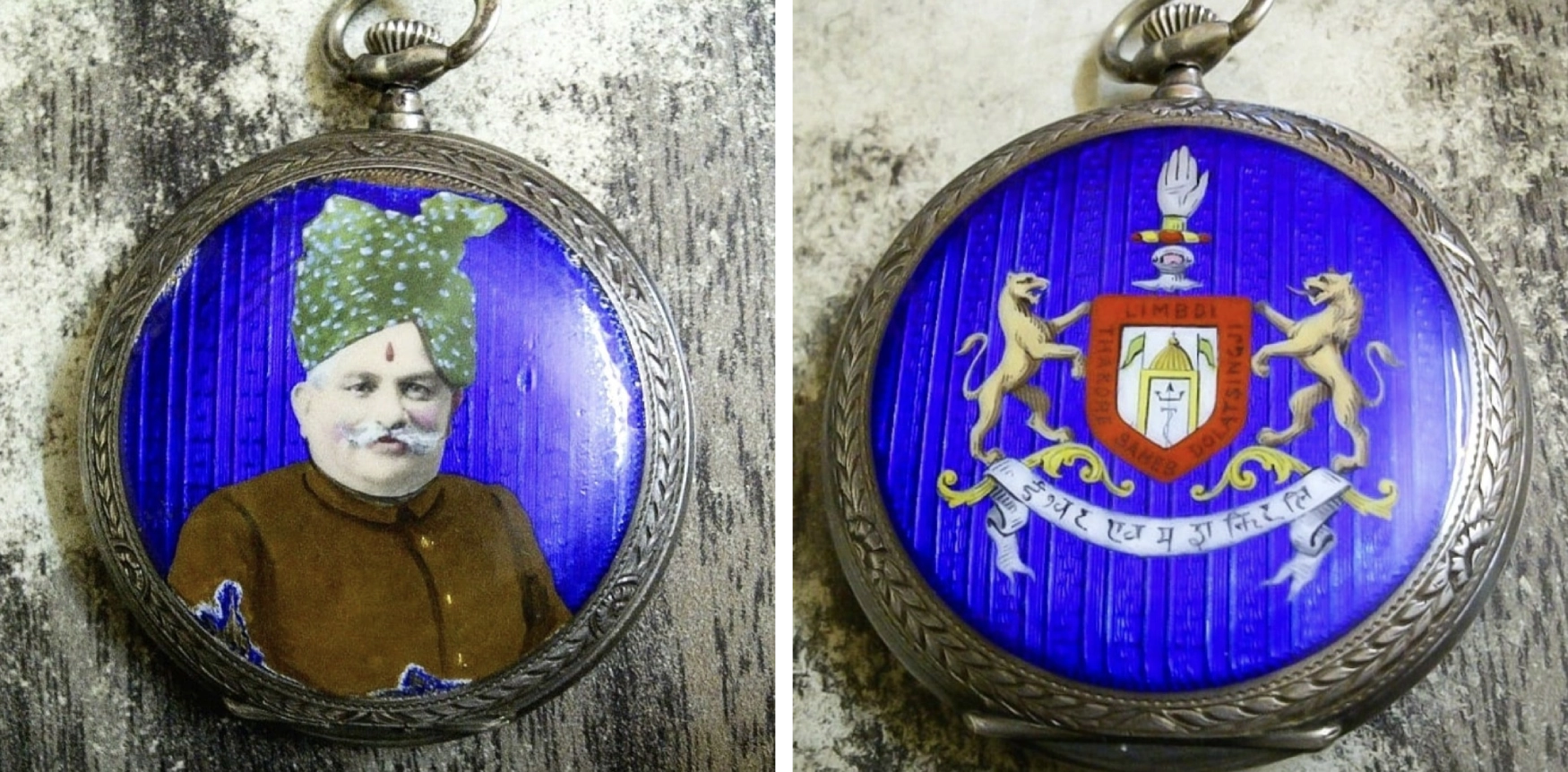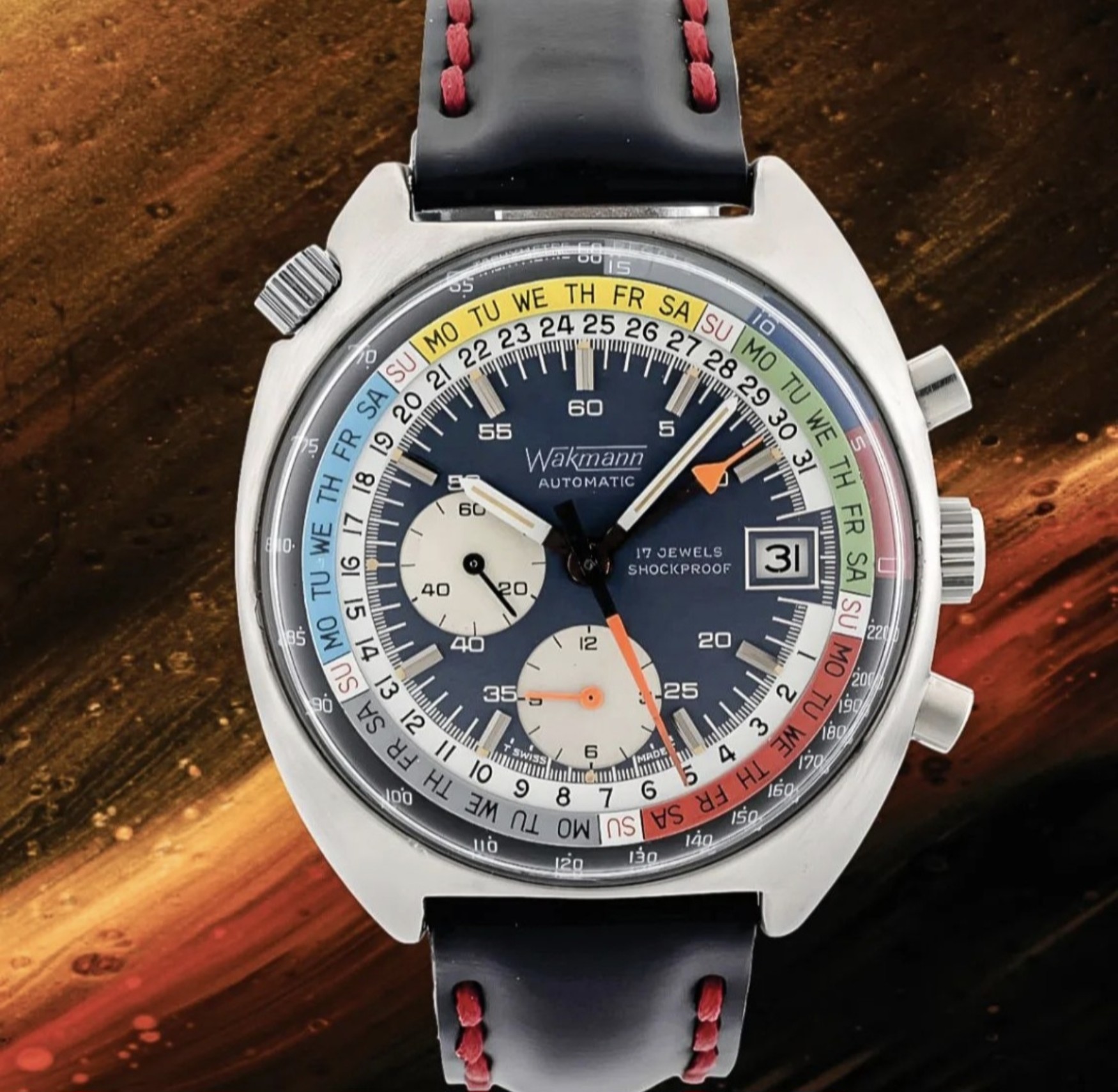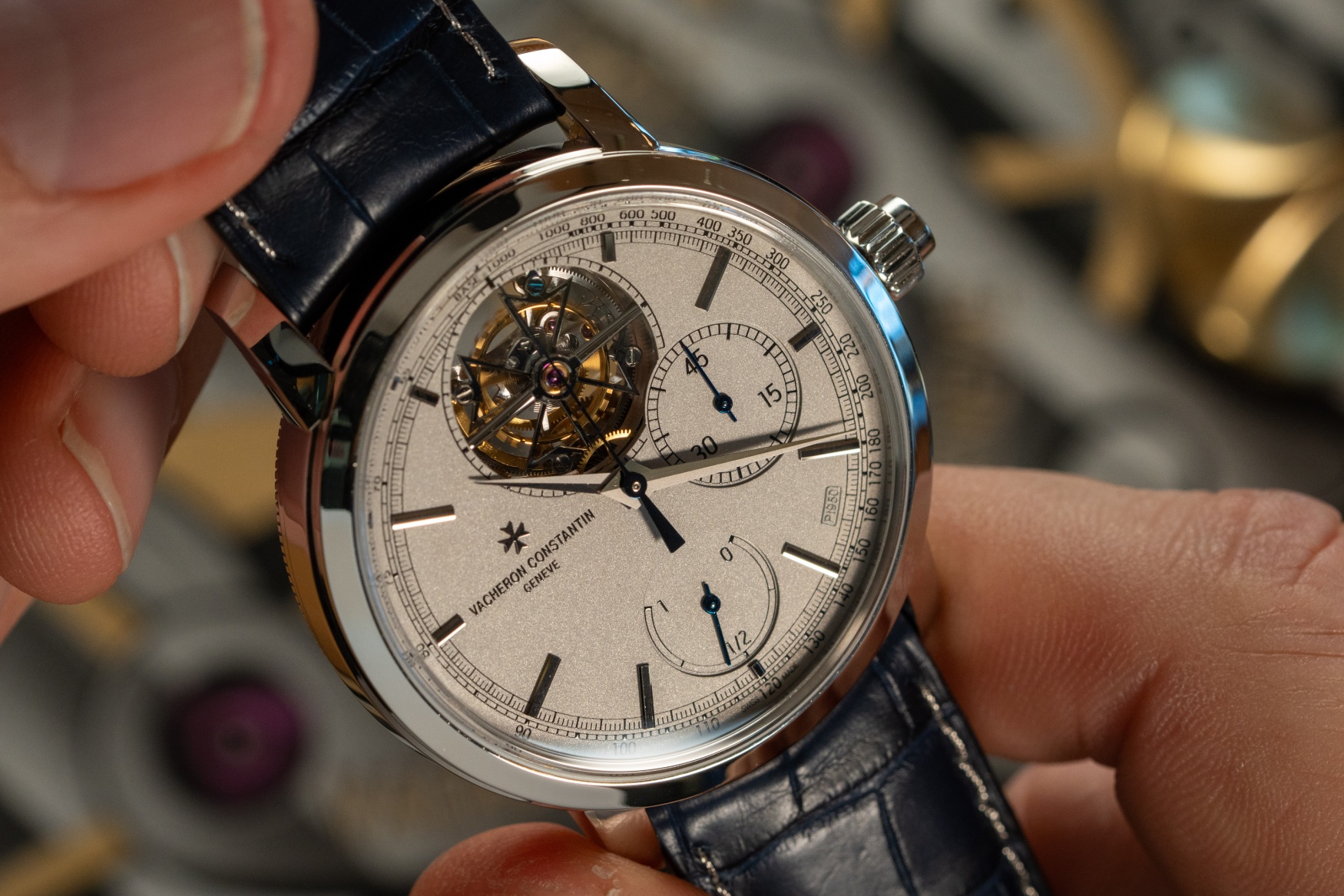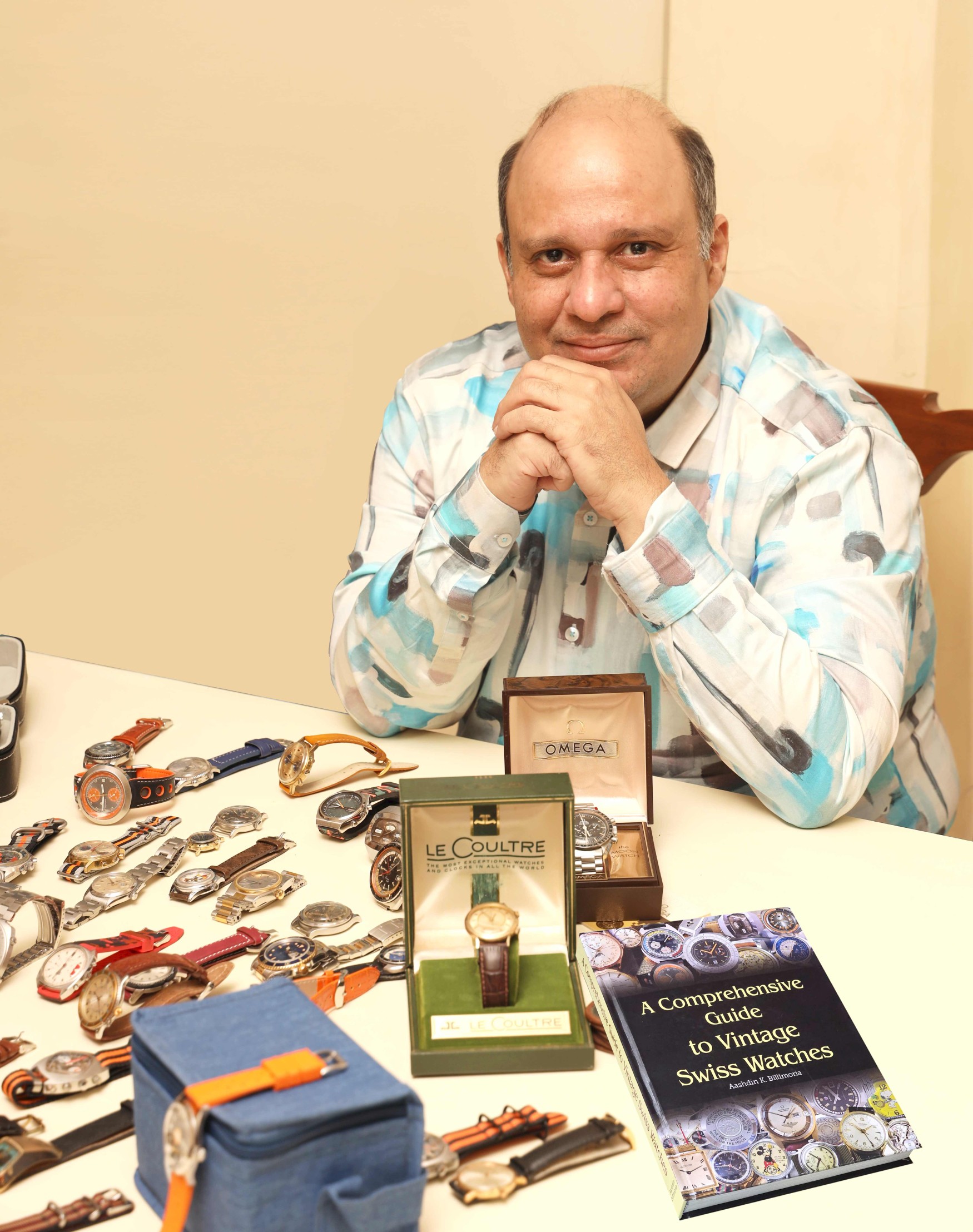Eastern connection: a conversation with author and super-collector Aashdin K. Billimoria
D.C. HannayIn the realm of vintage watch collecting, the ability to see what has historically remained unseen has exploded in this age of social media saturation. There are some rather astounding collections out there, but the majority of what I’ve been exposed to comes from Western Europe and North America, and to a lesser extent, Asia and the Pacific region, but I’m woefully ignorant of the collecting scene outside of my admittedly narrow world view. So when I had the chance to speak with a super-collector from India, I jumped at the opportunity. Aashdin K. Billimoria hails from Mumbai, and has been hunting vintage watches for most of his life, with an enviable collection that numbers in the hundreds. A dedicated historian and archivist, his passion runs deep, spending hours daily on the study of horology. He’s also an author, having written two books on vintage Nivada Grenchen watches (the Antarctic and the Depthmaster), and now his third, A Comprehensive Guide To Vintage Swiss Watches, has recently been released. It’s quite the epic tome, with recognisable classics filling its 300-plus pages, along with some highly unusual references that I had never seen before. Here’s our conversation.
D.C. Hannay: So where did your collecting journey begin? You were very young, correct?
Aashdin K. Billimoria: In 1979, my father and uncle, both watch collectors, presented me with a Titoni Airmaster and a Favre-Leuba Twin Power at my incitation ceremony. I was intrigued by the beauty of these masterpieces at the age of six. Thus commenced my love for vintage watches. Even after 50 years, they are in amazing condition and I still have their hang tags!
D.C.H.: There are many different types of collectors: hype collectors, who mainly concentrate on flexing Rolex, Patek, and the latest hard-to-get pieces. Then you have vintage collectors that stick to the classic playbook: a Pepsi GMT, a Tank, a 1016 Explorer, a Speedmaster, and so on. A subcategory of that would be the completists, who needs to collect every version of a single model. Personally, I’m more of an enthusiast than a true collector. I’m kind of all over the place: I buy what I like and don’t think about the resale value. So how would you describe yourself as a collector?
A.K.B.: As a collector, firstly I buy watches that bring a smile to my face, however modest they may be, disregarding its resale value. From character watches, to hard-to-find vintage relics, I seldom look at the brand, but mostly at the history of the timepiece, and where it belongs in the world of horology.
At times, I’ve waited for years to pick up a model that I’ve zeroed in on. I have a soft spot for presentation watches, which gives you a glimpse of its personalised touch. But overall, it’s the thrill of the hunt.
D.C.H.: What is your favorite brand, if you can possibly nail it down to one?
A.K.B.: Well, that’s a really tough question. But I do have a soft spot for vintage Breitling.
D.C.H.: I’m a big fan of brands that have almost been completely forgotten, because they paint such an interesting picture of the watch industry from a moment frozen in time. I see from the book that you’re also someone that celebrates these brands.
A.K.B.: Just like you, I adore such brands, as well as various complications and movements. One of my favourite watches is the LeCoultre Futurematic, which, even today, I would consider a futuristic watch. I adore the big date chronographs powered by the Venus Cal. 211. That’s because there are two date wheels and the date window can go up to 39! A perfect imperfection. Another beauty is the lesser known Tourist Everlight, the first watch with a light bulb, built in the 1950s. There are a plethora of vintage untouched gems which arguably supersede many of today’s watches by furlongs. Currently, my favorite watch is the Jardur Bezelmeter with the Valjoux Caliber 72 movement. It was considered to be a flight instrument.
D.C.H.: Your book follows an interesting format, with categories that you might expect like chronographs, GMTs, and wrist alarms, but then you have chapters on subjects that are a lot more esoteric, like double-signed dials or character watches. What made you decide to structure your book this way?
A.K.B.: There is a lot written about the former, but the latter was seldom covered. So I decided to do a lot of research on the aforementioned topics and write chapters on them. Hence, showing them from very different perspectives, which were not explored before.
D.C.H.: Your chapters aren’t just groups of photos and captions, which is refreshing. You have some fascinating essays in there, including one of my favourites, the race for the first automatic chronograph, sort of a moon shot for the Swiss watch industry. I love that era of Breitling, Heuer, and Zenith, such incredibly beautiful designs to go along with their technical achievements. What’s your favourite watch to come from that specific time?
A.K.B.: Firstly, thank you for your kind words. Project 99 is a must read, and my favourite watch from the era is the Breitling Chrono-Matic 2110, with the second being my Heuer Calculator.
D.C.H.: Another thing I loved about your book are the pictures of vintage advertisements from markets outside of the west, especially the Asian market. It’s such an unseen part of horological history for most Westerners. How far back does the watch market in India go, and how is it today?
A.K.B.: During colonial India, West End Watch Co. and Favre-Leuba were the main authorised dealers in the country. Favre-Leuba marketed the Reverso, Vulcain, Doxa, IWC, Zenith, and Bovet, and West End marketed Longines and Mido, just to name a few.
But before that, the Maharajas of the Princely states used to commission venerable watch companies to make one of a kind watches for them. Today, the Indian market is slowly but surely picking up. Recently, Georges Kern, CEO of Breitling, visited India, preceded by many other stalwarts from various brands.
D.C.H.: So, tell me a little bit about the vintage watch collector community in India. Is it a tight-knit group, or bigger than we might imagine?
A.K.B.: When it comes to the vintage market, Rolex and Omega are still among the favourites of the collectors. But slowly the awareness is increasing, owing to social media. There are small and mid-sized vintage watch groups out here that are getting more and more active. But mainly, the big groups are inclined towards the new releases.
D.C.H.: Do you collect anything from Indian brands like HMT? What brands are more popular in India than in other parts of the world?
A.K.B.: No, I don’t collect HMT watches. But Titan is doing very well since it manufactures watches that suit all pockets. As of 2019, it is also the fifth-largest watch company in the world. As you know of my affinity for uncommon watches, my dad gifted me a Titan Chronograph in the ‘90s, one of the first to be sold in India, but with “MADE IN JAPAN” below 6, since the first batch of Indian Titans were made in Japan and assembled in India. Now that’s something! But when all is said and done, the Crown rules here.
D.C.H.: You recently returned from Watches & Wonders in Geneva. Did anything in particular catch your eye?
A.K.B.: Just two words: Vacheron Constantin. Specifically, the Vacheron Constantin Traditionnelle Tourbillon Chronograph.
D.C.H.: You have a staggering number of watches in your collection, so what’s next for you? What world has yet to be explored?
A.K.B.: I’m writing a book on vintage quirky watches, a topic that has not been widely exposed. Their crazy and offbeat looks bring out a streak of eccentricity in them. Some are also crafted with amazing geometry. If a quirky watch was a painting, it would be a piece of abstract art. True conversation starters. And what’s more, they are making a comeback, with models in all price ranges, from brands like Mr. Jones, Konstantin Chaykin, Urwerk, Swatch, and many more.
A Comprehensive Guide To Vintage Swiss Watches is available directly through the author’s Instagram page, priced at €125 plus shipping.




